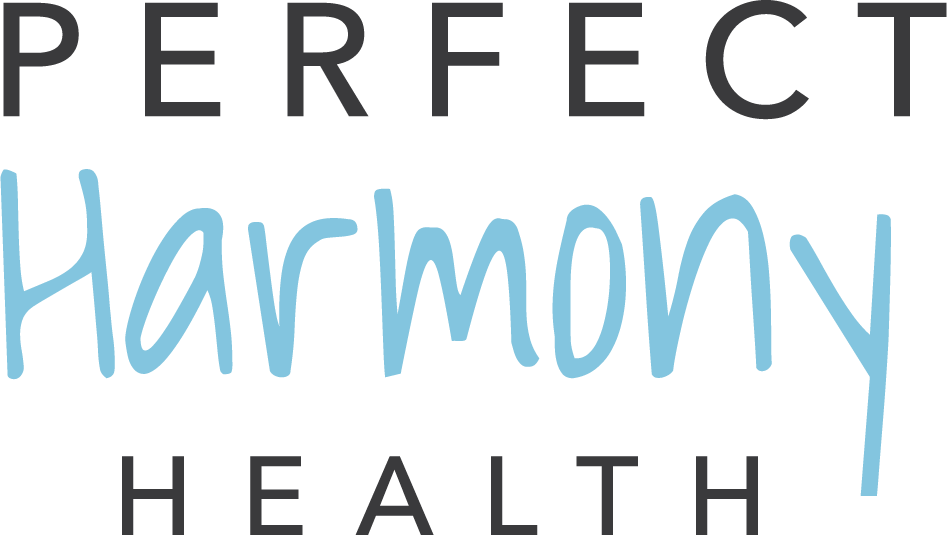How do I become a Neurologic Music Therapist (NMT)®?
Recently, I underwent the process of becoming certified as a Neurologic Music Therapist (NMT)®. NMT techniques were frequently referenced throughout my undergraduate degree, which greatly intrigued me. I was lucky enough to become an intern at Perfect Harmony Health, where we pride ourselves in utilizing NMT with our clients. Here, I had a great education as to what NMT is and how to apply it. However, I was looking forward to getting the wonderful opportunity of being formally certified and trained under Dr. Michael H. Thaut, PhD, Corene Hurt-Thaut, NMT, PhD, MT-BC, Suzanne Oliver, MT-BC, NMT-F, and more professionals in the field. Because I truly loved my experience during the training, I wanted to share with others my insight into what to expect from the training and how it has greatly benefited my professional life.
Neurologic Music Therapy (NMT)® is formally defined as, “a research-guided clinical system that is driven by advances in neuroscience and the understanding of the perception, cognition, and production of music and how music can influence and change non-musical brain and behavior function ("Key elements of the NMT evidence-based system," 2023).” NMT is an evidence-based system that uses standardized assessments to help ensure client transfer. This can be observed through the Transformational Design Model (TDM)®, where Neurologic Music Therapists critically think through the steps necessary for allowing music to drive as the functional change. NMT has 14 trademarked sensorimotor, speech, and cognitive techniques.
The R. F. Unkefer Academy of Neurologic Music Therapy® hosts 8-10 international trainings a year. This is via a virtual platform, which I attended, and there are in-person sessions all over the globe. Before my training, I had to watch two videos and complete an assessment to submit, based on comprehensive information learned from the videos. My virtual training lasted 4 days, approximately 9.5 hours each day (except the last day, which was a half day). To keep a social and collaborative component, we were put into break-out groups to practice techniques and receive professional feedback from NMT Fellows. I found these groups beneficial because we were given a chance to apply the information we learned and talk to other music therapists all over the world. The NMT academy also brought in professionals from other disciplines to further enhance the techniques we learned and bring insight into interdisciplinary teams. At the end of the training, we are required to take a test and a course evaluation. To a lot of people, including myself, the idea of a test may be daunting. However, the Academy fully prepared me for the test due to the thoroughness of the presentations. To maintain membership, an NMT is required to accumulate 50 hours of professional development per 5 years from attending Global Support Meetings, self-study, workshops, and more. If you would like to advance your training, you may complete a Fellowship.
So if you are a music therapist, intern, student, or allied health professional who is on the fence about signing up for training, let this be your sign to do it! Getting the opportunity to hear from such knowledgeable professionals in the field was so enlightening and important to my professional development as a music therapist. After receiving this training, it gave me more confidence in how I can better support my clients based on specific techniques. To sign up for training, click the link here:https://nmtacademy.co/training-opportunities/. Good luck, future NMT’s!
Resources
Key elements of the NMT evidence-based system. (2023, June 14). The Academy of Neurologic Music Therapy. https://nmtacademy.co/key-elements-of-nmt/

